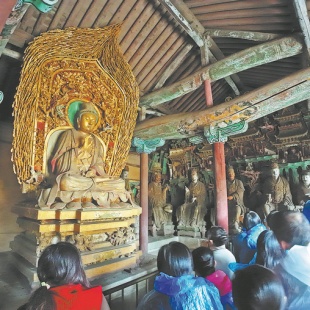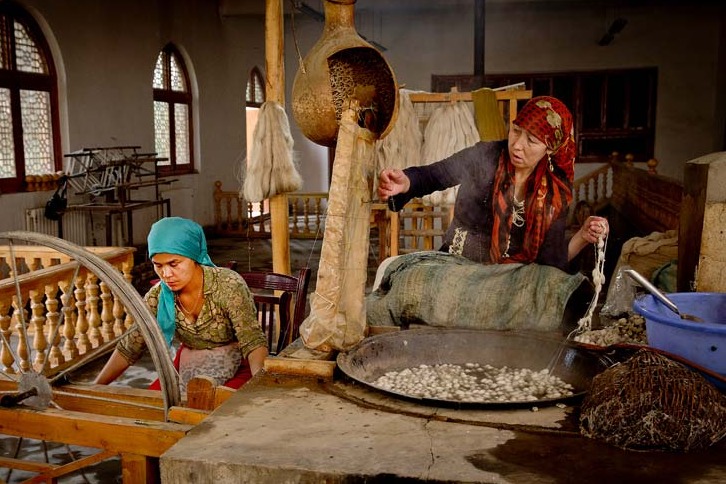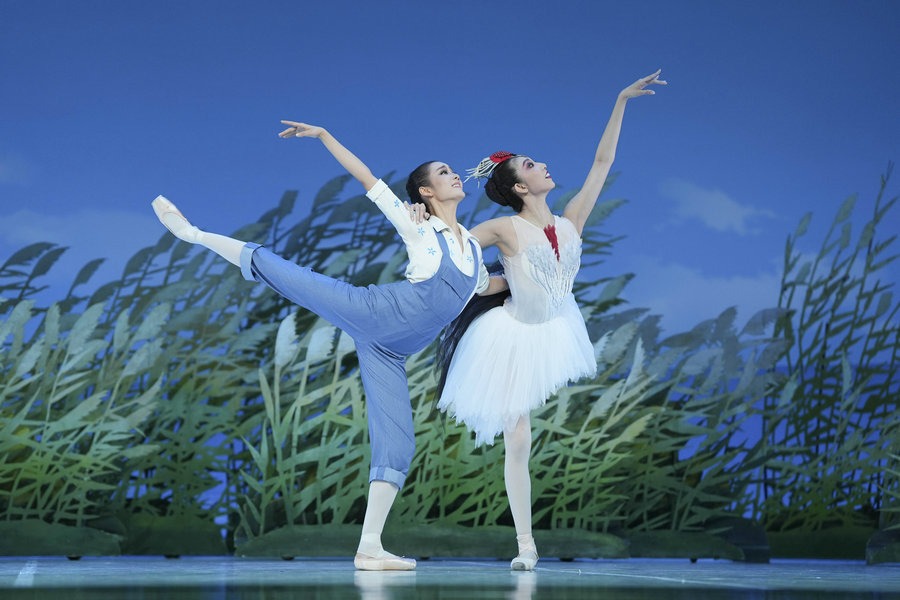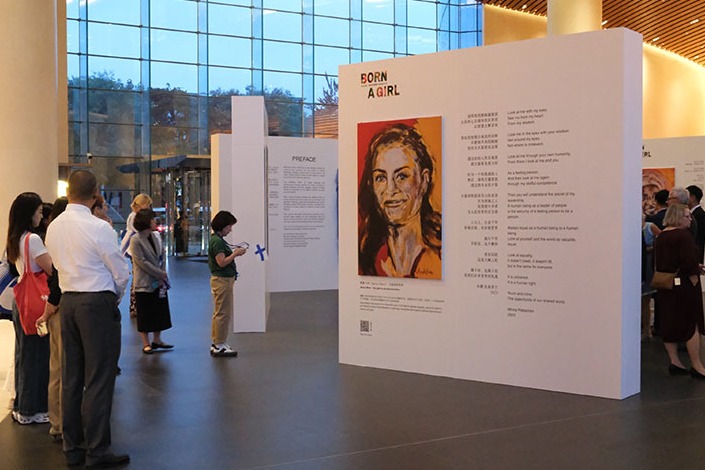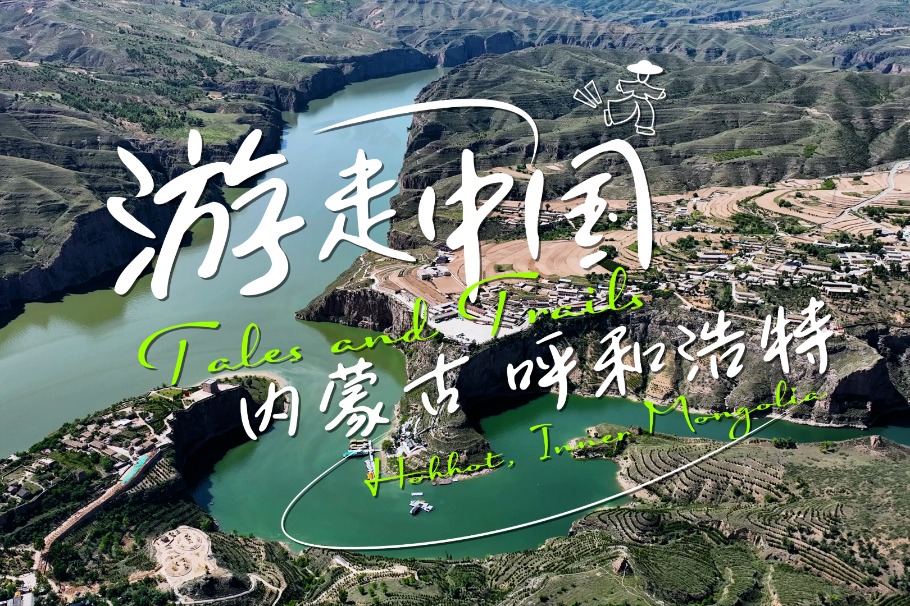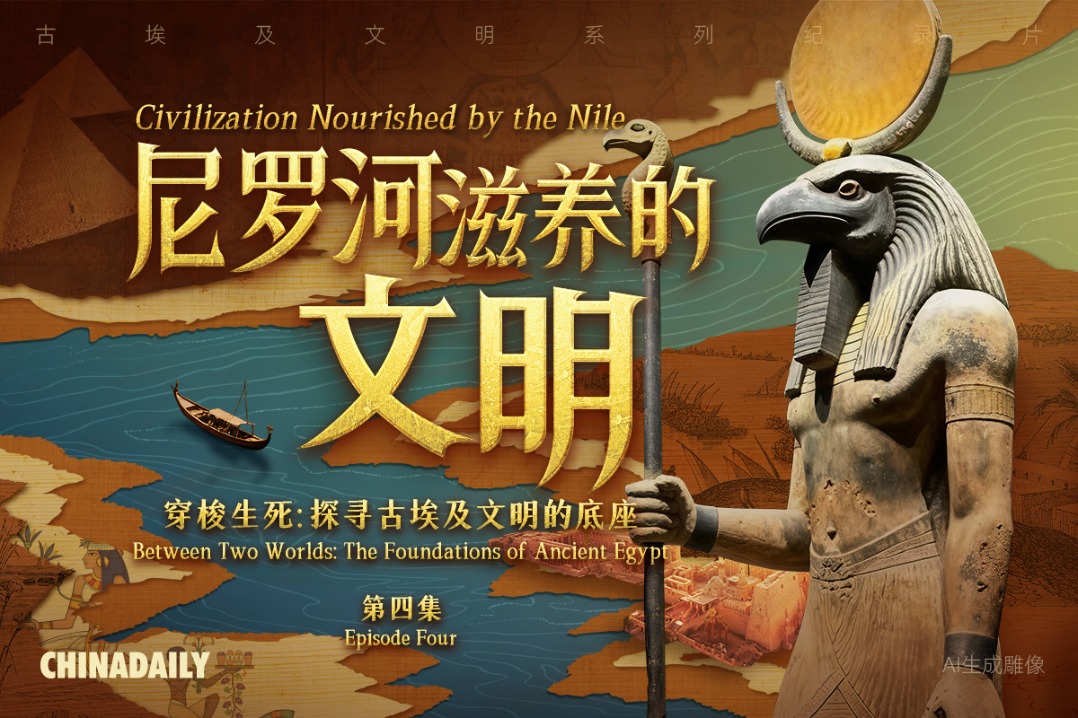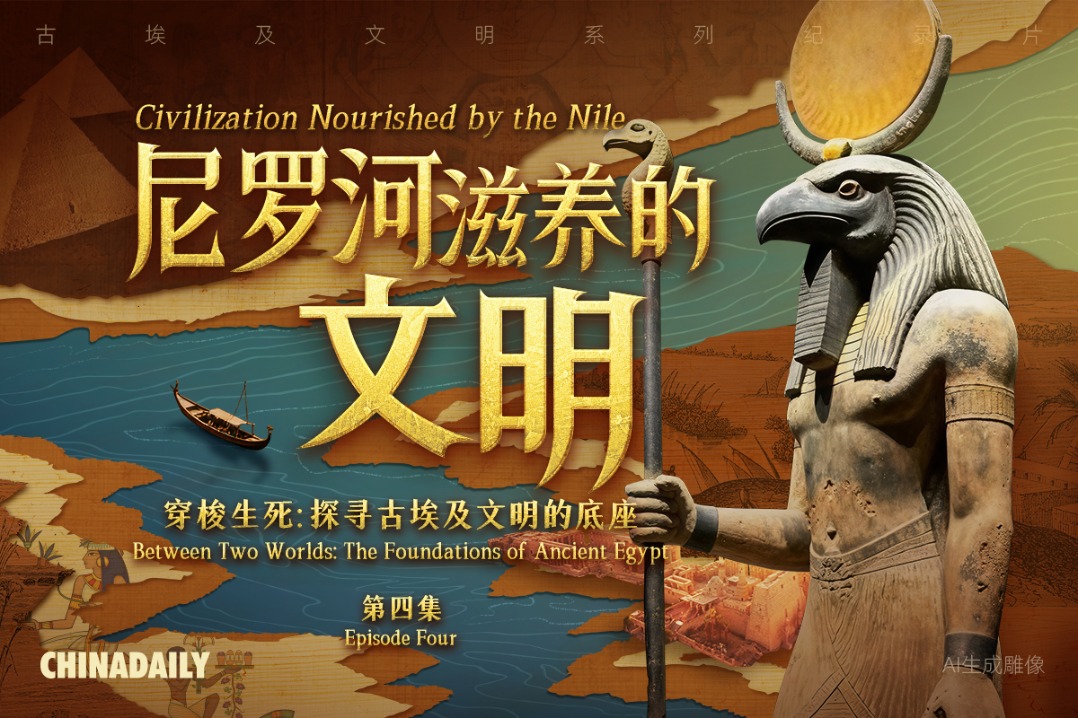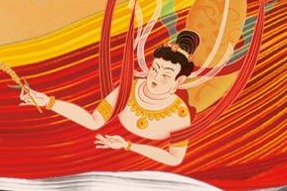Cinema breathes life into Shanxi's timeless heritage
Director's vision turns childhood memories into a catalyst for tourism






The recent animated blockbuster Nobody is setting records and moving audiences to tears. Its retelling of the classic tale Journey to the West, colored with references to real-world locations, is inspiring some to make their own journey.
The story follows a pig and a toad, two overlooked yaoguai(supernatural beings) who run afoul of their boss at Langlang Mountain. Escaping capture, they team up with a weasel and an ape to form a group modeled after the Monkey King and his companions.
Hoping to gain immortality, the quartet sets out to obtain Buddhist scriptures. Along the way, they fight evil, save lives, and come to believe they are true Buddhists. But when unmasked as impostors, they are condemned as frauds. In the end, they sacrificed themselves to save a group of children — yet remain unnamed.
"This is not a cartoon, this is me looking in the mirror," one netizen commented. The film critiques how society favors the privileged, like the heroes of Journey to the West, while marginalizing those of humble origins. It also satirizes the workplace grind and clients' demands, while probing the universal desire to become something greater.
By Sept 18, the film, which premiered on Aug 2, had earned 1.61 billion yuan ($226 million), according to ticketing platform Maoyan, making it the highest-grossing domestic 2D animated film in Chinese history.

Routes on a theme
The film's popularity has sparked renewed interest in the depicted settings, which are based on existing locations. Li Zao, the film's chief producer, drew inspiration from around Shanxi province, including the majestic landscapes of the Taihang Mountain Grand Canyon, the murals at Yong'an Temple, and the architecture of Foguang Temple dating back to the Tang Dynasty (618-907).
Recently, the province's Department of Culture and Tourism partnered with Shanghai Film Infinity, a subsidiary of Shanghai Film Group, to promote the blockbuster. The province has created two travel itineraries inspired by the film that highlight natural and historical sites across the region.
With the theme "Come to Shanxi and find the version of yourself you love", the campaign links the film's IP to 10 real-life Shanxi sites. The itineraries include a three-day northern route focused on temples and grottoes and a four-day southern route highlighting nature.
Tourists can pick up pocket-sized booklets that combine a "role test" with a stamp-collection game. After filling out a questionnaire about travel habits, visitors are matched with characters in the film. Collecting stamps at designated spots earns them co-branded souvenirs and limited-edition seals featuring characters.
In late August, tour guide Lyu Wei from Shanxi Yaowang Travel Agency led the first group of tourists to explore the northern route.
Lyu compared this campaign with traditional tours, saying that it emphasizes a more emotional connection.
"I felt every tourist resonating with the characters," he said. "It's like: 'What if I were a faceless yaoguai? I'd hold my head high and march forward boldly.' Everyone dared to shed prejudices, stay true to themselves and walk their own path without worrying so much about others' opinions. That spirit showed throughout the trip."
Tourist Lu Jianhong, 35, from Jinzhong, Shanxi, said he was impressed by the ancient buildings in the film, and visited Foguang Temple with "a sense of pilgrimage".
"Entering the temple and standing on the central axis, I saw the East Hall towering on the high slope — majestic, ancient and grand. It was a feeling of wonder that words cannot fully capture," he said. "The real temple is even more magnificent and ancient than how it was portrayed in the film. It gave me a feeling of dreaming back to the Tang Dynasty."


